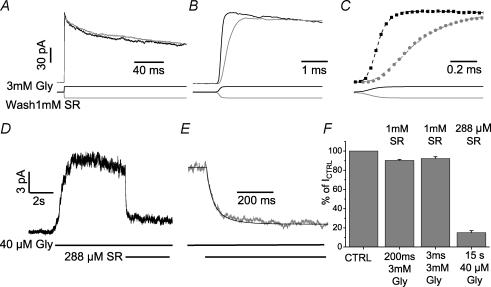Figure 3. The offset and onset of SR-95531 antagonism.
A, shows the responses to 200 ms applications of 3 mm glycine with (grey trace) and without (black trace) pre-equilibration with SR-95531. The onset of desensitization is very similar in the two experimental conditions. B, the rise time of the current response is approximately 3-fold slower after pre-equilibration with SR-95531 (compare grey and black traces in). This is due to the progressive increase of available receptors as the antagonist washes out. C, shows the simultaneous fit of the rise time of the responses (with and without antagonist) to the model of Fig. 4D with only the unbinding rate of SR-95531 (koffSR) as a free variable and the association rate constant konSR constrained to give a value of equilibrium dissociation constant (KB) of 200 μm. D, shows the response to 40 μm glycine (average of 50 individual traces). Once a steady level of current in response to glycine was reached, 288 μm SR-95531 was co-applied with glycine (see bars below the traces). Note that because of the technical limitations of the theta tube application (i.e. the number of barrels available), the onset of glycine application was obtained by manually switching on glycine perfusion, whereas the transition to glycine + antagonist is a true concentration jump. The current decreased to 15% of its control value and the onset of the antagonist effect was fitted to the model of Fig. 4D with konSR as the only free variable. E, the fit (black line) is shown on an expanded timescale superimposed on the data (grey trace). F, histogram shows the percentage reduction in the peak current elicited by 200 ms or 3 ms steps to 3 mm glycine after pre-equilibration with 1 mm SR-95531 and the reduction induced by 288 μm SR-95531 co-applied with 40 μm glycine.

